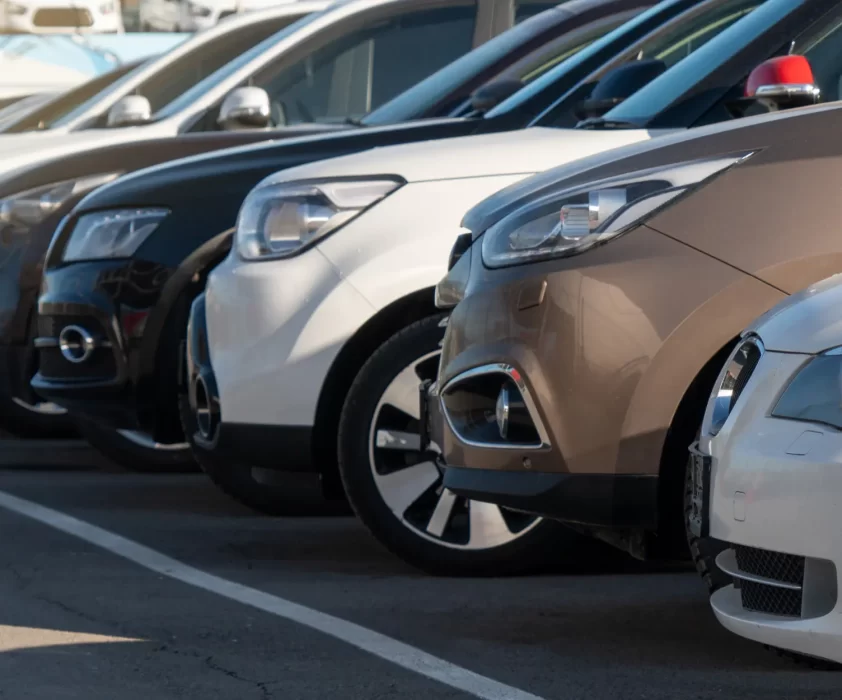
Background
In April of 2021, there was a surprise jump in the new and used vehicle category in the consumer price index, one of the earliest signs of rising inflation. This article seeks to further examine that jump in automobile prices, its root cause and what future implications it may have on the overall economy as it relates to consumer disposable income.
Factors of Rising Automobile Prices
The average price consumers paid for new and used vehicles increased dramatically since the start of the pandemic. New vehicle prices rose 22% from 2020 – 2022 and used vehicle prices rose 40% from 2020 – 2022.
Growth in average price
(% change since July 2020)

Loans for automobiles increased dramatically over this same time period allowing for a feedback loop of rising prices and more aggressive financing to meet those rising prices. Average car loans for deep-subprime (lowest credit) borrowers averaged 16K in 2017 and 23K in 2022 (43% increase). For Prime (highest credit) loan amounts were 26K in 2017 and 34K post pandemic (30% increase). Banks opened the lending doors to consumers via a feedback loop of rising prices providing for more collateral to justify higher loan amounts which pushed prices higher.
Average amount financed
(Thousand $)

To keep average monthly payments low, the average loan term has risen from 61 months in 2017 to 65 months in 2022 for deep-subprime and from 66 months in 2017 to 69 months in 2022 for prime borrowers. No money down and lengthy loan terms have dramatically increased the amount paid in debt service for these automobiles over the life of the loan.
Average loan term
(Months)

This has led to rising monthly payments across all borrower types. From an average of 390 in 2017 to 525 in 2022 for deep subprime borrowers (34% increase) and from 425 in 2017 to 550 in 2022 for prime borrowers (29% increase).
Average monthly payments
($)

Source: CF PB Consumer Credit Panel
Finally, higher loan amounts, higher monthly payments and longer financing terms are leading to dramatic rises in delinquency rates across all borrower types. The delinquency rate for deep subprime borrowers in 2022 is 2.25 percent, which is a 225% increase from delinquent rates of deep subprime borrowers in 2019.
Occupancy Rate
(%)

Conclusion
Trouble is brewing in the automobile market for new and used vehicles. We expect a decline in value to negatively impact the loan-to-value ratio used to finance these vehicles and expect a dramatic uptick in car repossessions and declining velocity of new and used car sales. We will monitor this ongoing situation as it may provide insight into similar lending problems that may have occurred in residential and commercial real estate markets.

To read the full article click here